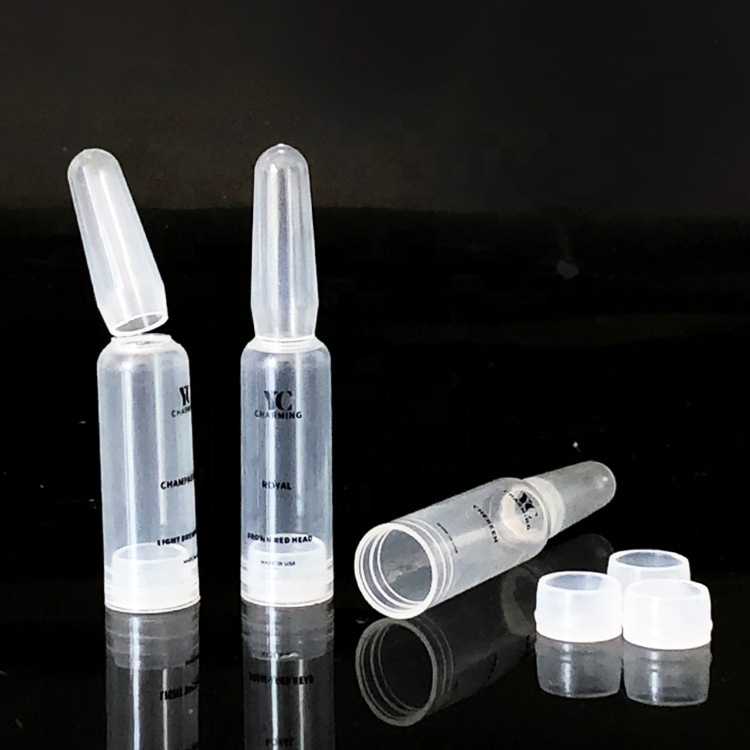Source: Link Testing Instruments Co.,Ltd.

I. Core standards for sealing detection of plastic ampoule
YY/T 0681.18-2020: Nondestructive test method for leakage detection of sterile medical device packaging, requiring the use of vacuum decay method to detect small leaks.
GB/T 17876: Sealing test for plastic anti-theft bottle caps, covering key indicators such as pressure maintenance and leakage observation.
ASTM F2338-13: International general standard for vacuum decay method to detect packaging leakage, emphasizing high sensitivity detection of small leaks (such as 0.01sccm).
USP 1207: The United States Pharmacopoeia's requirements for the sealing of sterile packaging, applicable to the detection of pharmaceutical ampoules.
II.Testing standards and instrument configuration
As a professional manufacturer in the field of sealing testers, Link Testing provides multiple solutions to cover the full-dimensional testing needs of plastic ampoules:
LTY tester (LTY-01 series)
Principle: Through the vacuum decay method or positive and negative pressure method, vacuum is drawn in the vacuum chamber to form a pressure difference, and the leakage or shape change of the sample is observed.
Applicable scenarios: Detect sealing integrity, in accordance with YY/T 0681.18, ASTM F2338 and other standards.
Parameter example:
Measurement range: 0~1.6MPa (customizable)
Sensitivity: 0.01sccm micro hole leakage can be detected.
Mechanical properties testing equipment
Tensile strength test (XLW-500N intelligent electronic tensile testing machine): Test the tensile strength of the bottle body and the broken part to avoid leakage due to being too loose or too tight
Opening force test (LTTT-20 torque tester): Evaluate the torque when opening the bottle mouth to ensure safety and convenience of use.
III Testing precautions
Conclusion
Plastic ampoule sealing test is a key link in pharmaceutical companies' quality control. For more details please visit www.linktesting.org